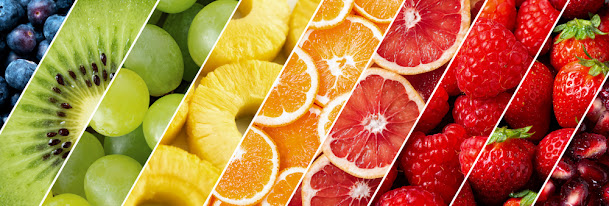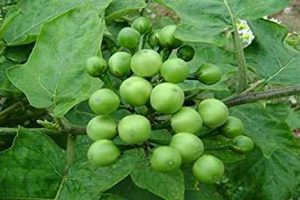11 Fruits and Vegetables That Can Help Prevent Diabetes
According to the American Diabetes Association, type 2 diabetes is a disease in which the body cannot make or use insulin properly. Insulin is a hormone that helps glucose from foods get into our cells. When we eat, carbohydrates are broken down into sugar and raise blood sugar levels. The body responds by releasing insulin to help with these processes, but in people with type 2 diabetes, either the body doesn’t produce enough insulin or the cells don’t respond to it properly. And although there is no cure for diabetes, there are ways to manage it. Eating a diet rich in whole fruits and vegetables can help you manage your weight and lower your risk for developing diabetes. Here are some examples of fruits and vegetables that may help prevent diabetes:
Dark
green leafy vegetables
Vegetables such as broccoli, kale, collard greens
and spinach contain high levels of antioxidants and vitamins such as A and C,
as well as minerals and fibre that help prevent type 2 diabetes. Online
vegetable shopping in chennai are also low in
calories and are naturally high in fibre. Eating plenty of fibre can help
regulate your blood sugar levels by slowing down the rate at which sugar is
released into the bloodstream.
Berries
Berries contain more antioxidants than any other
fruits or vegetables. A 2017 study found that eating two to three servings of
blueberries or strawberries per week lowered blood sugar levels. Antioxidants
in berries break down substances linked to excess blood sugar levels.
Blueberries are also high in fibre, which can help regulate blood sugar levels
by slowing down the digestion process. Eating blueberries and strawberries
regularly may help lower your risk for developing type 2 diabetes.
Beans
and legumes
buy fresh fruits online chennai such as black beans, chickpeas, kidney beans, and split peas are naturally high in fibre and protein. They are also low in fat and cholesterol. People who eat high-fibre diets have a reduced risk of developing type 2 diabetes. A 2017 study found that people who ate the most fibre were 28% less likely to develop type 2 diabetes. While fibre helps regulate blood sugar levels, beans and legumes also contain a type of carbohydrate that may lower blood sugar levels even further. A 2018 study found that a diet rich in beans reduced blood sugar levels by an average of 16%.
Root
vegetables
Root vegetables such as carrots, beets, rutabaga,
and turnips are high in beta-carotene, a natural compound that may reduce your
risk of developing type 2 diabetes. A 2016 study found that people who ate more
beta-carotene were less likely to develop type 2 diabetes. Root vegetables are
also a good source of fibre, which can help regulate blood sugar levels. If you
are at risk for diabetes, aim for five servings of root vegetables per week.
Whole
grains
Whole grains such as oats, quinoa, wheat and barley
are naturally rich in fibre. Consuming fibre-rich foods can help lower your
risk of developing type 2 diabetes by helping regulate your blood sugar levels.
Eating at least three servings of whole grains per day may reduce your risk of
diabetes by up to 21%. Whole grains contain B vitamins and minerals such as
magnesium and selenium, which are important for proper insulin function. Eating
whole grains also helps you maintain a healthy weight.
Conclusion
fruits and vegetables online
in Chennai is a serious and growing health problem,
especially as more people around the world adopt Western diets high in
processed foods and low in whole grains and fresh produce. Fortunately, through
diet and exercise, you can lower your risk of developing diabetes and improve
your overall health. Fruits and vegetables are excellent sources of fibre,
vitamins and minerals, and antioxidants that can help prevent diabetes. By
following these simple guidelines, you can lower your risk of diabetes and stay
healthy for years to come.


Comments
Post a Comment